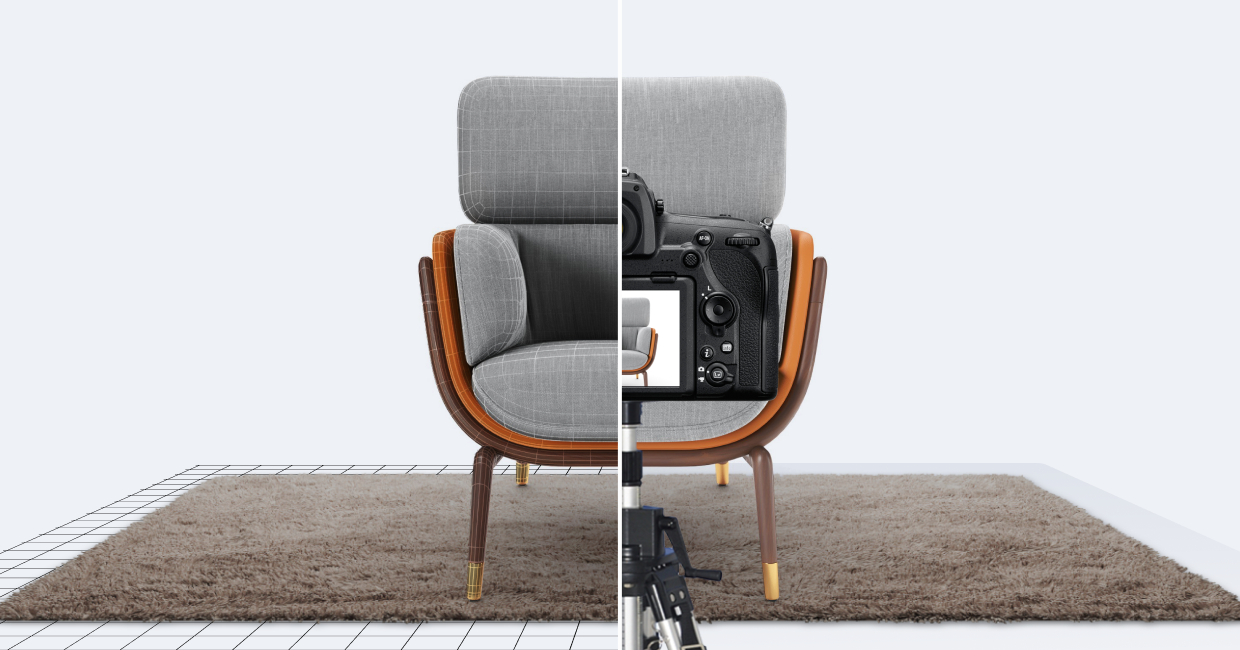New research by 3D content specialist CGTrader ARsenal supports the view that 3D virtual photography – also known as 3D rendering – is now the most cost-effective means of creating a substantial product image bank for retail businesses.
The global average price of $11,076 for five furniture product shoots is now on average six times the market rate for the same number of images shot with 3D photography, states CGTrader: "The knock-on effect of the Covid-19 pandemic on the global supply chains – namely, the cost of shipping and transportation – in the last 18 months has magnified the cost of traditional photoshoots, putting even more pressure on retail margins."
Although prices vary internationally – New York is the most expensive place to conduct a photoshoot averaging $17,952, while in Montreal, the price drops dwn to just $6178 – even the lowest photoshoot price cannot compete with the $2000 price tag of 3D virtual photography for the same end result, states the tech specialist, which gathered data from more than 100 photo studios and photographers, in 17 cities across 11 countries, requesting quotes for imagery of five key furniture products – a table, armchair, sofa, vase, and floor lamp – with five product shots with a white background and one lifestyle scene for each item, amounting to 30 visuals in total.
These figures were then compared against the price of producing an identical set of images via virtual photography.
In London, the costs were found to be six times more expensive when using traditional photography.
CGTrader suggests that this comes down to four key factors – a traditional photography shoot requires more resources, the transportation of goods and depends largely on the studio’s location, and traditional photographs cannot be changed post-shoot.
Customer behaviour has also changed, with shoppers pivoting towards online retail. Speaking about this shift, Dalia Lasaite, CEO and co-founder of CGTrader, explains: "Good-quality images and interactive shopping experiences are increasingly important for online businesses. With most customers expecting to view at least eight images of a product before making a purchase, it can be difficult and expensive for brands to deliver the experience shoppers require while balancing the cost-effectiveness of product photography.
"Because 3D product photography can be conducted by a single artist, without the need for physical products to be on-site, production fees will always be lower. That’s before you’ve factored in the ability to digitally change integral features of products – colour, angle, setting – without the complete reshoot that traditional photography would require. What’s more, the same 3D models can be used for creating WebAR experiences for ecommerce – which, all in all, offers significant savings.
"Traditional photography – in person shoots with a set and a photographer – is something people know and understand, but as the technology and AI evolves and more digital artists come on board, 3D product visualisation is the natural successor to traditional photography, and looks set to hold the future of imagery for online retailers."











